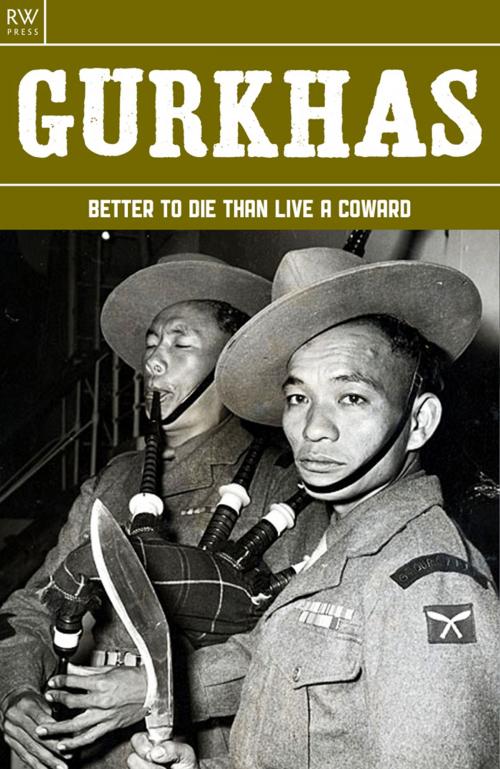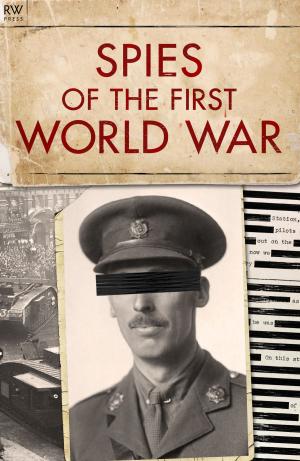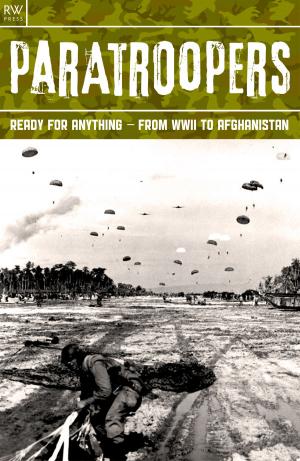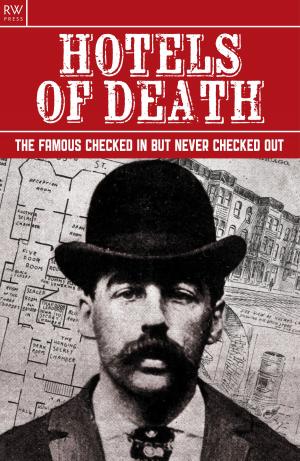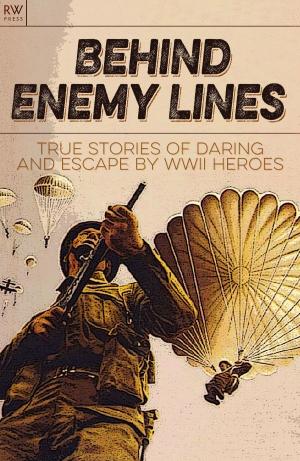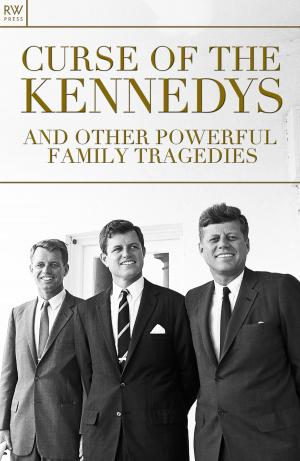Gurkhas
Better to Die than Live a Coward
Nonfiction, History, Asian, India, Reference, Military, World War II| Author: | Benita Estevez | ISBN: | 9781909284029 |
| Publisher: | RW Press | Publication: | January 10, 2013 |
| Imprint: | RW Press | Language: | English |
| Author: | Benita Estevez |
| ISBN: | 9781909284029 |
| Publisher: | RW Press |
| Publication: | January 10, 2013 |
| Imprint: | RW Press |
| Language: | English |
GURKHAS
BETTER TO DIE THAN LIVE A COWARD
Contents
THE HISTORY OF THE GURKHAS : The Goorkhas of Nepal; The Kukri Knife; Burmese Gurkhas.
FAMOUS BATTLES & WARS : The Siege of Kalunga Fort; World War I - Mesopotamia; World War I - The Gallipoli Campaign; World War II - North Africa; World War II - Monte Cassino; World War II – The Battle for Imphal; The Falklands War.
THE BRAVE GURKHA : Kulbir Thapa; Lalbahadur Thapa; Agansing Rai; Thaman Gurung; Lachhiman Gurung; Rambahadur Limbu; Bishnu Shrestha; Dipprasad Pun.
THE FIGHT FOR EQUALITY : The Gurkha Justice Campaign.
When we think of Gurkhas we think, not only, of brave soldiers fighting for Britain but also of a race of people. However, there is no such thing as a Gurkha in the ethnic sense – the word is, in fact, a corruption of Goorkha, a small town and one-time state in north-west Nepal.
Nepal has always been a religiously and ethnically diverse nation; the Rajputs and Aryans who arrived during the fighting against the Mongols brought Hinduism with them, while the rest of the country – represented by the Magar, Gurung, Limbu and Rai tribes of Mongolian origins – are generally of the Buddhist religion.
Prithvi Narayan Shah’s Able Army : The first soldiers whose ancestors would go on to be known as Gurkha soldiers were from a small but well-instructed and behaved contingent of troops raised by the leader of the Goorkha state, Prithvi Narayan Shah. Shah had watched and learnt from the Europeans who were infiltrating the Indian sub-continent in the first half of the 18th century, realizing that by following their standard of conformity and discipline he could overthrow other Nepalese chiefdoms that were dotted around his state. He and his Goorkha soldiers did just that, and by the time he died in 1775 they had conquered the majority of present-day Nepal.
For the next 30 years Shah’s successors followed in his glory and built up a fearsome state. Even though they were relatively small in comparison to the states that surrounded them, and rather archaic in terms of weaponry, they made up for it tactically and mentally. This meant they continued to make in-roads further and further into Nepal and closer to areas of British-occupied India. The East India Company had arrogantly attempted to get the tribe on side, but the Goorkhas knew that this was for the benefit of the British as opposed to themselves, therefore they refused to bow.
Author Biography
Benita Estevez is a freelance writer who lives on the Sussex coast with her partner and son. After studying English Literature & Media in Falmouth, Cornwall she worked in publishing for 10 years as an editor and production manager before deciding to view the industry from the author’s point of view instead. Through her mixed Spanish and English heritage, and her studies, she has a keen interest in the areas of post colonialism, world history and current affairs. She travels extensively for the sheer pleasure of experiencing somewhere new but also enjoys returning to places that hold the comfort of familiarity. In her spare time she runs marathons and 10kms and balances this out by eating out – enjoying anything from street food in Guatemala to fine dining in London.
GURKHAS
BETTER TO DIE THAN LIVE A COWARD
Contents
THE HISTORY OF THE GURKHAS : The Goorkhas of Nepal; The Kukri Knife; Burmese Gurkhas.
FAMOUS BATTLES & WARS : The Siege of Kalunga Fort; World War I - Mesopotamia; World War I - The Gallipoli Campaign; World War II - North Africa; World War II - Monte Cassino; World War II – The Battle for Imphal; The Falklands War.
THE BRAVE GURKHA : Kulbir Thapa; Lalbahadur Thapa; Agansing Rai; Thaman Gurung; Lachhiman Gurung; Rambahadur Limbu; Bishnu Shrestha; Dipprasad Pun.
THE FIGHT FOR EQUALITY : The Gurkha Justice Campaign.
When we think of Gurkhas we think, not only, of brave soldiers fighting for Britain but also of a race of people. However, there is no such thing as a Gurkha in the ethnic sense – the word is, in fact, a corruption of Goorkha, a small town and one-time state in north-west Nepal.
Nepal has always been a religiously and ethnically diverse nation; the Rajputs and Aryans who arrived during the fighting against the Mongols brought Hinduism with them, while the rest of the country – represented by the Magar, Gurung, Limbu and Rai tribes of Mongolian origins – are generally of the Buddhist religion.
Prithvi Narayan Shah’s Able Army : The first soldiers whose ancestors would go on to be known as Gurkha soldiers were from a small but well-instructed and behaved contingent of troops raised by the leader of the Goorkha state, Prithvi Narayan Shah. Shah had watched and learnt from the Europeans who were infiltrating the Indian sub-continent in the first half of the 18th century, realizing that by following their standard of conformity and discipline he could overthrow other Nepalese chiefdoms that were dotted around his state. He and his Goorkha soldiers did just that, and by the time he died in 1775 they had conquered the majority of present-day Nepal.
For the next 30 years Shah’s successors followed in his glory and built up a fearsome state. Even though they were relatively small in comparison to the states that surrounded them, and rather archaic in terms of weaponry, they made up for it tactically and mentally. This meant they continued to make in-roads further and further into Nepal and closer to areas of British-occupied India. The East India Company had arrogantly attempted to get the tribe on side, but the Goorkhas knew that this was for the benefit of the British as opposed to themselves, therefore they refused to bow.
Author Biography
Benita Estevez is a freelance writer who lives on the Sussex coast with her partner and son. After studying English Literature & Media in Falmouth, Cornwall she worked in publishing for 10 years as an editor and production manager before deciding to view the industry from the author’s point of view instead. Through her mixed Spanish and English heritage, and her studies, she has a keen interest in the areas of post colonialism, world history and current affairs. She travels extensively for the sheer pleasure of experiencing somewhere new but also enjoys returning to places that hold the comfort of familiarity. In her spare time she runs marathons and 10kms and balances this out by eating out – enjoying anything from street food in Guatemala to fine dining in London.
